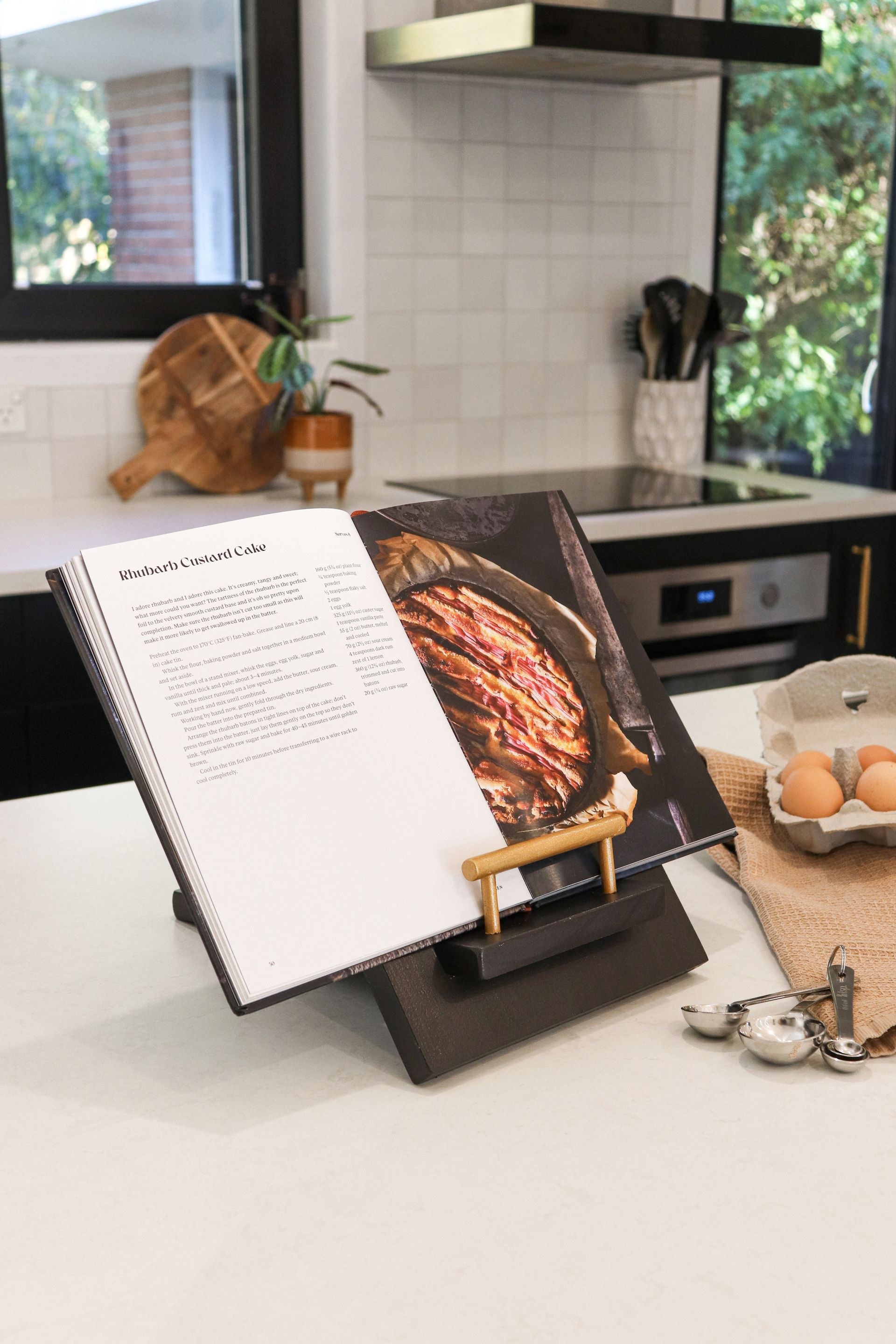Fascinated by the challenge of creating something new, University of Canterbury professor-cum-perfume maker Conan Fee is putting his chemical engineering background to good use concocting bespoke fragrances..
Shrouded in a veil of secrecy, there are reportedly more astronauts in the world than classically trained perfumers. That’s not because it’s more impressive to be a perfumer, just that the road to becoming one is perhaps a little less well known or publicised than being launched into space, but that’s beginning to change.
Conan Fee, co-founder of Fragranzi, Christchurch’s only artisan perfume studio which opened last year, is doing his best to demystify the perfume-making process, giving individuals the opportunity to create their own signature scent.
Conan’s journey to artisan perfumer is far from traditional, stumbling into it later in life. Born and raised in Christchurch, he played the piano from a young age, but with a liking for science, he put aside dreams of becoming a concert pianist in favour of studying engineering at university. ‘I initially looked at civil engineering but I became more interested in chemical engineering in my first year at Canterbury, and eventually assembled my own version of a biochemical engineering degree by choosing electives that were, at the time, relatively rare combinations of cell biology, genetic engineering and biochemistry.’
He went on to complete his PhD investigating blood flow patterns in fluid, specifically concerning atherosclerosis – the narrowing of arteries due to fat build-up on the artery walls. From there, he saw opportunities in industrial research, looking at protein purification and separations using membranes. During his academic career, he has been fortunate to be able to spend time overseas including as a post-doctoral fellow at Waterloo, Canada, and then with his family in Princeton (New Jersey), Uppsala (Sweden), Cambridge (UK), Brisbane (Australia) and Winchester (UK).
On returning home to New Zealand, Conan took up a position at the University of Waikato where he was involved in setting up engineering (now fully accredited), ending up as Head of the Department of Materials and Process Engineering. Conan was at the forefront of it for the next decade, developing and delivering numerous courses and creating new degrees.
Eager to return to his hometown, Conan joined the University of Canterbury as a professor of chemical engineering, while continuing his ongoing research into proteins and, more recently, 3D printing of porous media. He was then shoulder-tapped to take on the Dean of Engineering and Forestry role and eventually became Deputy Pro-Vice-Chancellor of Engineering in the recovery years post-earthquake. ‘After the Christchurch earthquake, we had to reevaluate everything we were doing. We were offering nine different types of engineering, but we needed something new and exciting to attract students to Canterbury.’ Conan created the Diploma in Global Humanitarian Engineering, championing it through the rigorous quality assurance processes to see it offered for the first time in 2016.
‘We wanted to appeal to students who are interested in social good and humanities, to create a course of study that students could undertake parallel to the Engineering degree. We have engineers out there who are helping people recover from natural disasters; while they may have the technical solutions, they may not have the cultural understanding and human aspects they need in the field. This diploma helps to address the humanitarian side of that work.’
He also created the Bachelor of Product Design, which matches up creativity, business knowledge and real-world application, with science and engineering to ensure feasibility. ‘What industry needs are people who are creating innovative products we can sell overseas and increase our export economies,’ says Conan.
As part of the degree, students can major in Industrial Product Design, Applied Immersive Game Design and Chemical Formulation Design.
It was through this degree that Conan first developed his interest in fragrance design. ‘It not only fits with my teaching into the formulation major of the product design degree, but is a fascinating area that combines creative art and the chemical sciences. It’s completely trivial in terms of the world’s big problems, yet it can elicit quite powerful responses connected with memory and the senses.’
It can transport us, give us confidence, reflect our moods and project our identities, he explains.
Today, when we’re talking fragrance, we’re no longer just talking about fine perfumes though. It’s used in so many different ways, some of which we encounter daily without even knowing it. ‘Fragrance is a massive part of consumer products which is a trillion-dollar industry,’ he says. Everything from luxurious candles to lipstick to weed killer to household detergent has its own unique scent. In the case of toilet-bowl cleaners, cat litter, and industrial chemicals, the goal is not necessarily to create a pleasant aroma; instead, the challenge is to mask an unpleasant one.
Conan says most perfumers working on the industrial side have fallen into it through chemistry or pharmacy. They are a vastly different breed from the classically trained ‘noses’ who work for the large perfume houses. Building on his extensive chemical engineering background, Conan himself honed his craft learning from professional perfumers Thai-based PerfumersWorld in Wellington and Winchester, England.
Perfumery has been around since the very start of human civilisation. Though it evolved as an art form, over time the need for knowledge in chemistry has grown with the rise in affordable synthetic aroma chemicals over essential oils and extracts which are often expensive, hard to get, sourced from animals and unsustainably grown. Though there is currently a huge swing back to using natural ingredients.
‘I am just a toddler in many ways. The advantage of being at the university is that I had the opportunity to learn about things to teach it. It really jump-started my knowledge quicker than most people rather than being one of the very select few to get to train for years in France. But even years down the track I am still learning. There is nothing that compares to years of experience.’
Conan first thought of opening his own artisan perfume studio a few years back while trying to come up with a genuine Christmas tree-scented room spray to replace the need for a live tree. Initially, he thought about selling it, but that was as far as he got. His first signature scent, Nirvana, was a present for his brother.
But after years of procrastination, with the support of his partner, Glenda Evans, last year they decided to take the plunge, opening Fragranzi in The Arts Centre. They opened the studio with 10 artisan perfumes, which has now increased to 18. And for those looking for something that reflects their own personality, they also offer the opportunity to create your own unique scent. ‘The make-your-own has been a surprising success,’ says Conan. ‘Empowering people to make their own with absolutely no training appealed to me. A lot of people don’t want to smell like everyone else, which is what happens with mass-marketed perfumes. They want something unique.’
The perfume-making process traditionally follows a trial and error system where small droplets are added and smell tested until the mixer is happy with their fragrance. But Conan has simplified the process using a unique system of smelling strips, small chalices and a dispensary that allows individual fragrance components to be added to and subtracted to suit the user’s preference, meaning there is no need to start again from scratch if the mixture goes sour, and no mess to clean up.
The process uses just 24 fragrance bases across the main broad aromatic profiles – such as fresh, woody, opulent, and floral. Though it doesn’t seem like a lot, from using just six there are some 25 trillion combinations, says Conan. ‘No one is going to walk out of here wearing the same perfume as somebody else. It’s fascinating. Half a drop either way can make all the difference.’
What used to take hours, can now be done in less than half an hour. Their customers have ranged in age from as young as four through to people well into their eighties. He’s continually amazed at how different people’s preferences are.
For Conan, being a perfumer is the perfect blend of science and art. Most of all though he loves the creativity it offers. While his chemical engineering background is a help, he says there’s no substitute for creativity. All of his perfumes are made in small batches.
‘I have always been interested in art and aesthetics. The creative part is more interesting to me than just applying something. I think about who it’s for and what they are going to value. I know what ought to be in a perfume but I enjoy having the freedom to work on anything I want to. In the end, the worst thing that can happen is that you put something out there and no one buys it.’
For more information, visit
fragranzi.co.nz.
Recent stories






